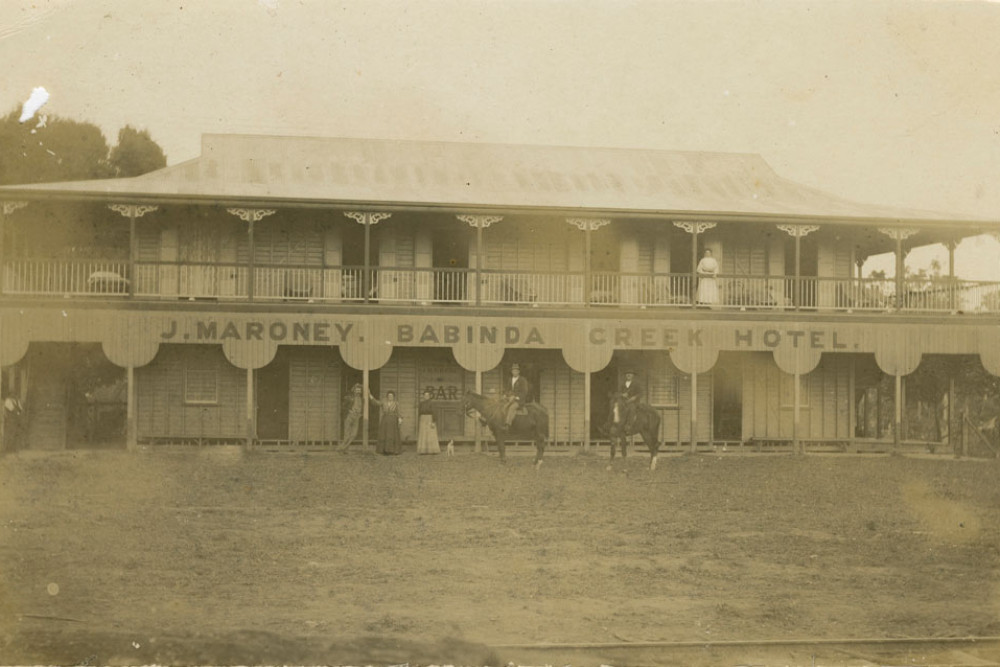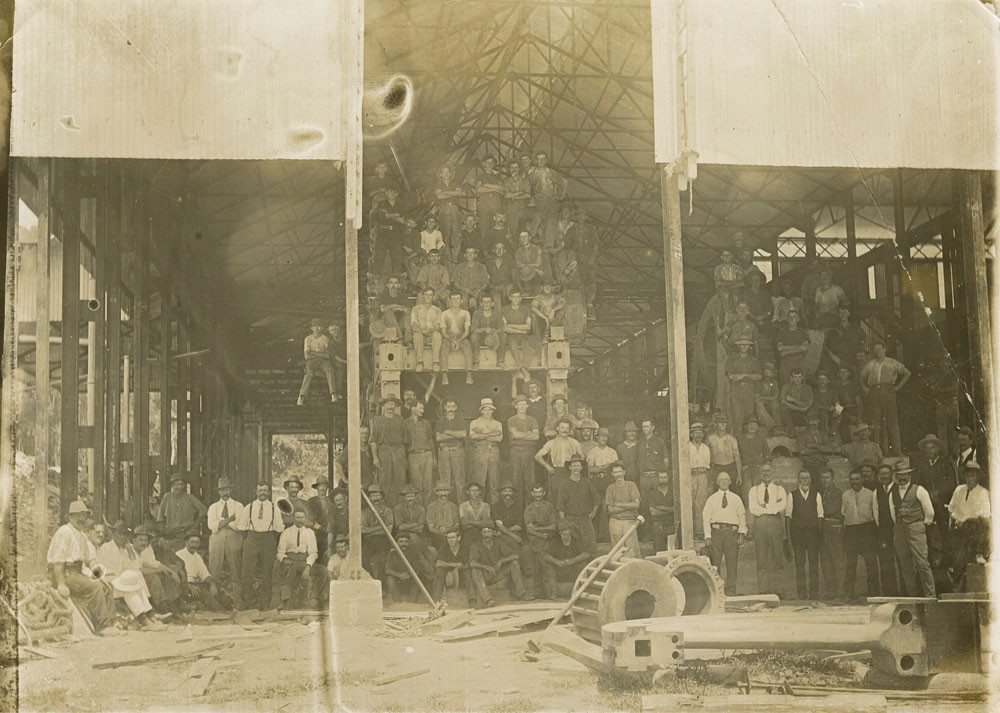Community
8 November, 2022
Babinda Creek Hotel
JAMES Maroney saw an opportunity for a tourist hotel at Babinda Creek and set about creating a destination for visitors enroute to the local beauty spots.

On February 10, 1910, architect, Harvey Draper, called tenders and the price submitted by Mr. C. Jorgensen was accepted to construct the “commodious two-storeyed hotel” for £1,700.
Mr. and Mrs. J. Maroney extended a cordial invitation’ for all to attend a farewell dance in their hall at Hambledon Junction on May 21, 1910. They had advertised the Lease, License and Goodwill of their hotel there the month before.
James and Norah Maroney were married on November 11, 1890. By 1910 they had four children: Mary Anne (1891), James (1898), Thomas John (1903), and Kathleen Ivy (1905).

In 1912 James applied to have the license of the hotel transferred to Norah. A travel writer at the time reported that “from a scenic point of view” the Babinda district “was well worth a visit”.
Maroney’s hotel was described as a “real first-class, roomy, clean hotel”. It was noted that in addition to a pretty flower garden, the establishment had a bountiful vegetable garden with cabbages, English potatoes etc. and “luscious strawberries”. Eldest daughter, Mary Anne, was a keen amateur photographer and had compiled a collection of scenic images of the Babinda district which could be viewed via a “magic lantern” by hotel guests.

In 1913 a cyclone created havoc for the district of Babinda. The following year there was a building boom with many structures under repair and construction including a large hall for Mrs. Maroney. By October 1914, Maroney’s Hall was providing the local community with entertainment in the form of travelling companies and a weekly picture show.
Maroney’s Babinda Creek Hotel was the venue for a meeting of Babinda district parents to discuss the proposed new Public School in 1914.
The opening day of the Babinda Sugar Mill would be bittersweet for the Maroney family. Section 12 of the Sugar Works Act prohibited the “sale of intoxicating liquor in a sugar works area”.
So, the hotel was forced to close in 1915 but Mrs. Maroney took action against the government for compensation. After a lengthy legal process, including an appeal, she was paid £2,000 plus costs.

The Maroney clan had been expanded by this time with the birth of Norah Ireen (1913), and Veronica Margaret (1915).
In February 1916, it was reported that Mrs. Maroney would be departing the district and that her premises were being fitted out as shops and a temperance hotel.
For two long years, the inhabitants of Babinda were without a hotel. A change of government saw a change of heart with regard to the sale of liquor – it would be permitted by a newly constructed and State managed hotel.
The first and only State Hotel began trading with much ceremony on May 29, 1917.
Sources: TROVE; State Library of Queensland (SLQ); History of Babinda by Peter Bell (1999); Queensland Births, Deaths and Marriages.


